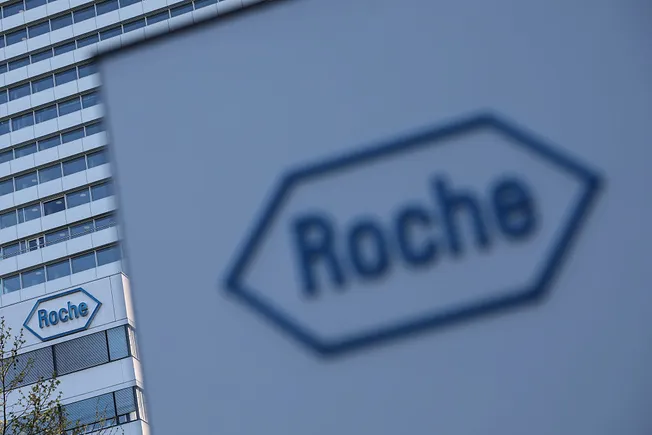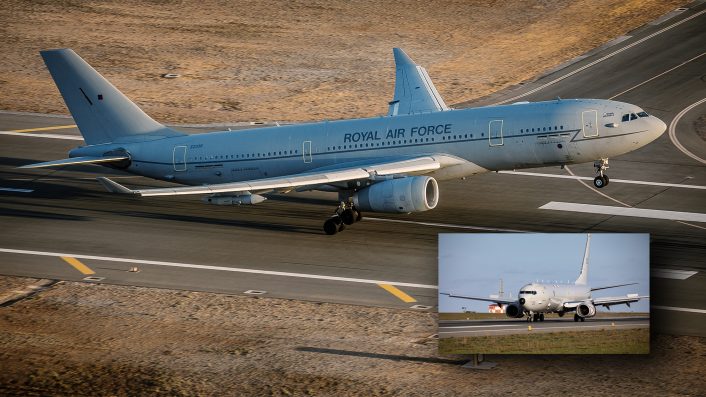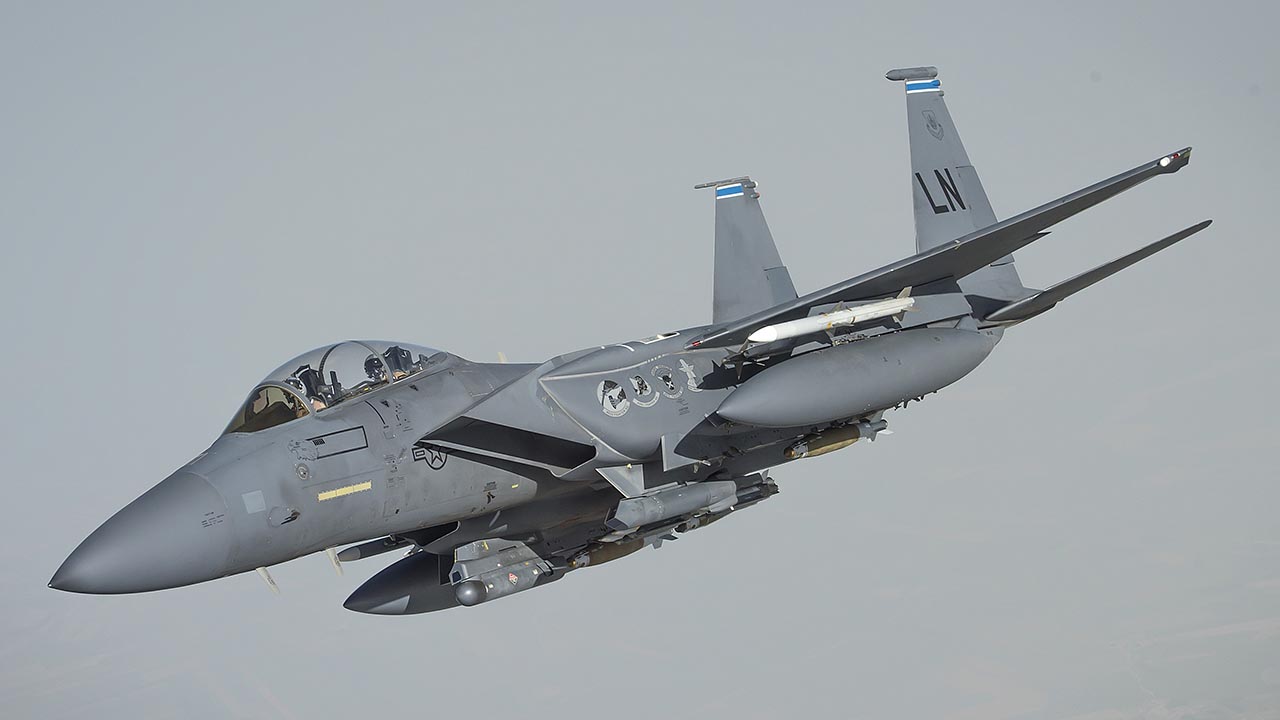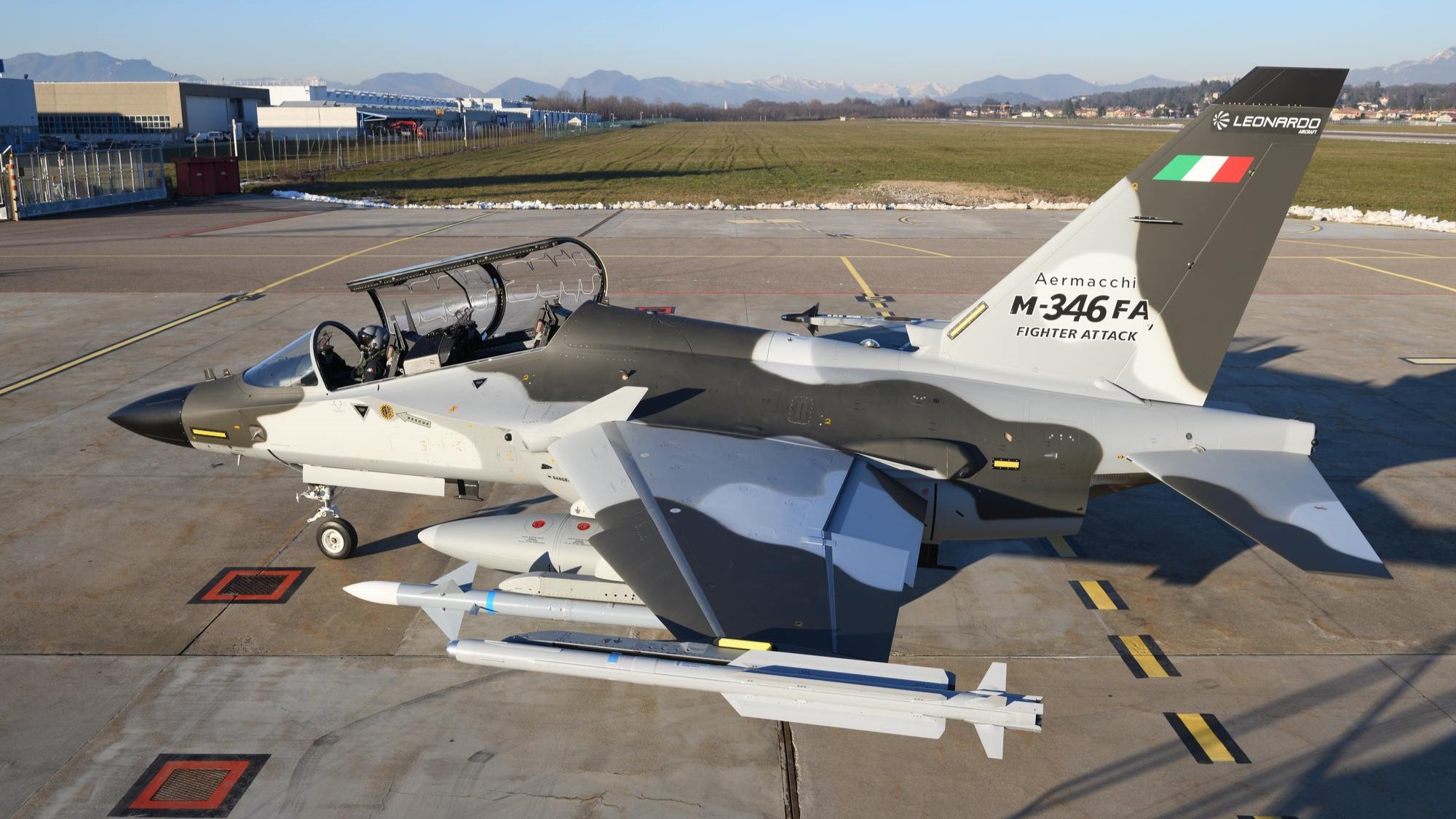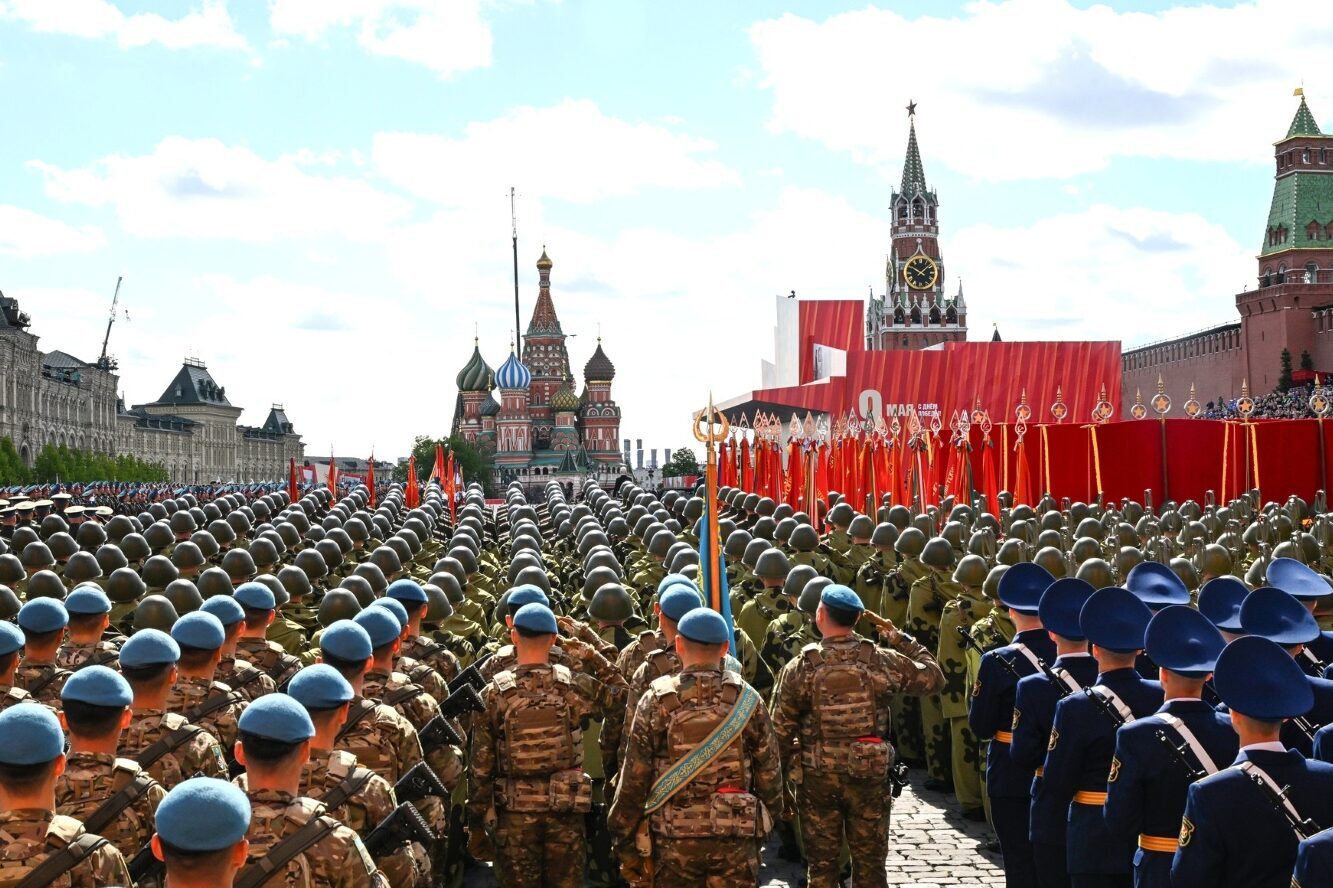NGA, Space Force ink accord on responsibilities for buying commercial ISR
Chief of Space Operations Gen. Chance Saltzman stressed that the commercial imagery the Space Force gathers will not be used directly for targeting, rather to allow commanders to rapidly understand evolving situations.


CSO Gen. Chance Saltzman and NGA Director Vice Adm. Frank Whitworth today signed an accord to delineate their roles in acquiring and disseminating commercial ISR. (Photo Credit: Breaking Defense/Theresa Hitchens)
GEOINT 2025 — The Space Force and the National Geospatial-Intelligence Agency (NGA) have signed a long-negotiated agreement on how they will split responsibility for acquiring intelligence, surveillance and reconnaissance (ISR) products from commercial satellite operators — an issue that has been the subject of a sometimes bitter turf war between the two for nigh on two years.
Chief of Space Operations Gen. Chance Saltzman and NGA Director Vice Adm. Frank Whitworth inked the agreement today during the annual GEOINT Symposium in St. Louis, Mo. The accord demarks the boundaries between Space Force’s Tactical Surveillance, Reconnaissance and Tracking, or TacSRT, program and NGA’s commercial operations.
“This has been a long time coming,” reflecting “industrial strength collaboration” between the two sides, Saltzman told reporters.
“It is a new standard for collaboration,” Whitworth echoed.
The effort to develop a formal accord, first reported by Breaking Defense, was telegraphed by Whitworth in April at the annual Space Symposium in Colorado, and follows a similar agreement between the Space Force and the National Reconnaissance Office (NRO) with regard to acquisition of unprocessed imagery from commercial satellite operators.
NRO has maintained acquisition authority for commercial remote sensing imagery since 2018, taking over from NGA. NGA remains legally in charge of acquiring analytical services and products from commercial space providers, as well as for disseminating ISR to users across the federal government from POTUS to military commanders in the field to US civil agencies charged with disaster response, as well as allies.
Neither Whitworth or Saltzman provided details about how they will choreograph their acquisitions, and the text of the accord was not released by press time.
But during his formal remarks at the symposium, Saltzman explained that the service’s TacSRT program is focused on a narrow universe of unclassified data for commanders that can easily be shared even with uncleared partners, rather than providing intelligence writ large.
“What I’m talking about here is providing insights and awareness for commanders on the ground to use as a resource for tactical planning, tactical decision making. By definition, these efforts will often lack analytical rigor or application of intelligence tradecraft. Our focus is on speed, not resolution, not breadth, not depth,” he said.
“I don’t want anybody to think we’re going to take one of these products that was produced very quickly with very hastily written requirements and then do targeting, for example. That would be a bridge too far. That would be using the product for in a way it’s not designed,” Saltzman stressed.
“The reality is that different missions that we each pursue, our different focuses, drive each of our organizations to value different things. The technology we need to support the Space Force missions is different from the technology the NGA or NRO need to support robust intelligence gathering, analysis and dissemination,” Saltzman elaborated. “We are going to invest in different capability sets.”
Whitworth told the GEOINT audience that the partnership is “a synchronized approach to commercial GEOINT by partnering with us on our all-of-government approach to tackling our most difficult challenges in a cost effective way.
“The space domain is vast and critical to our nation’s security. NGA and Space Force have the right people with the right skills working together to tackle current and emergent requirements,” he summed up.




































































